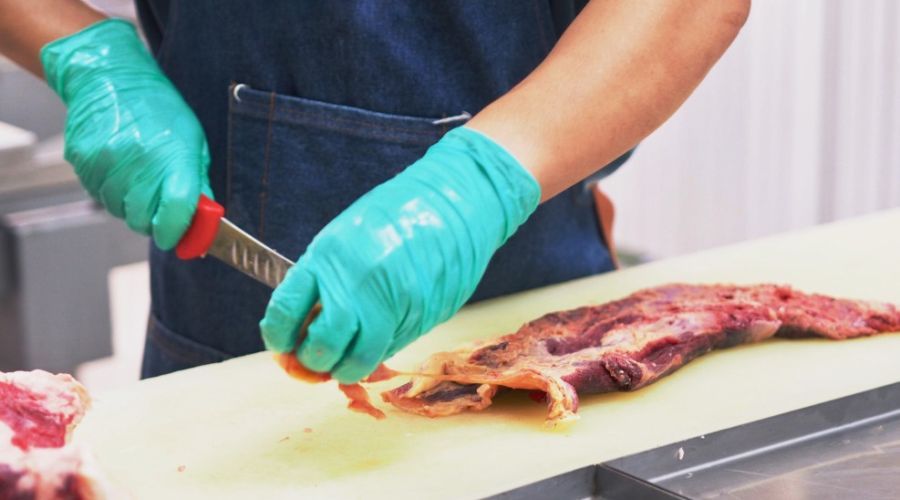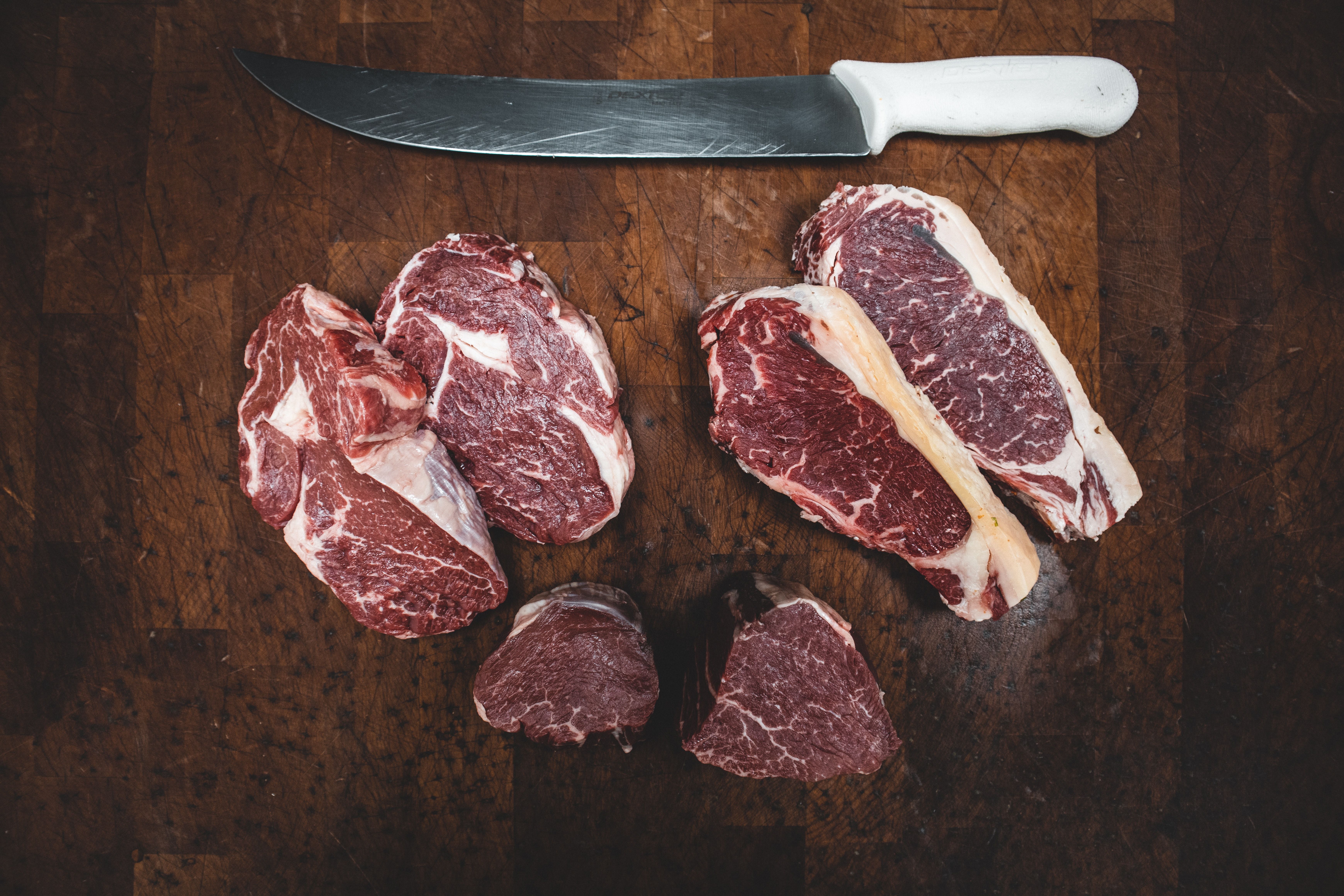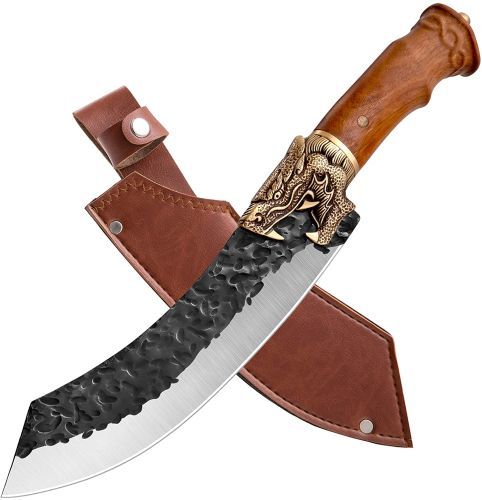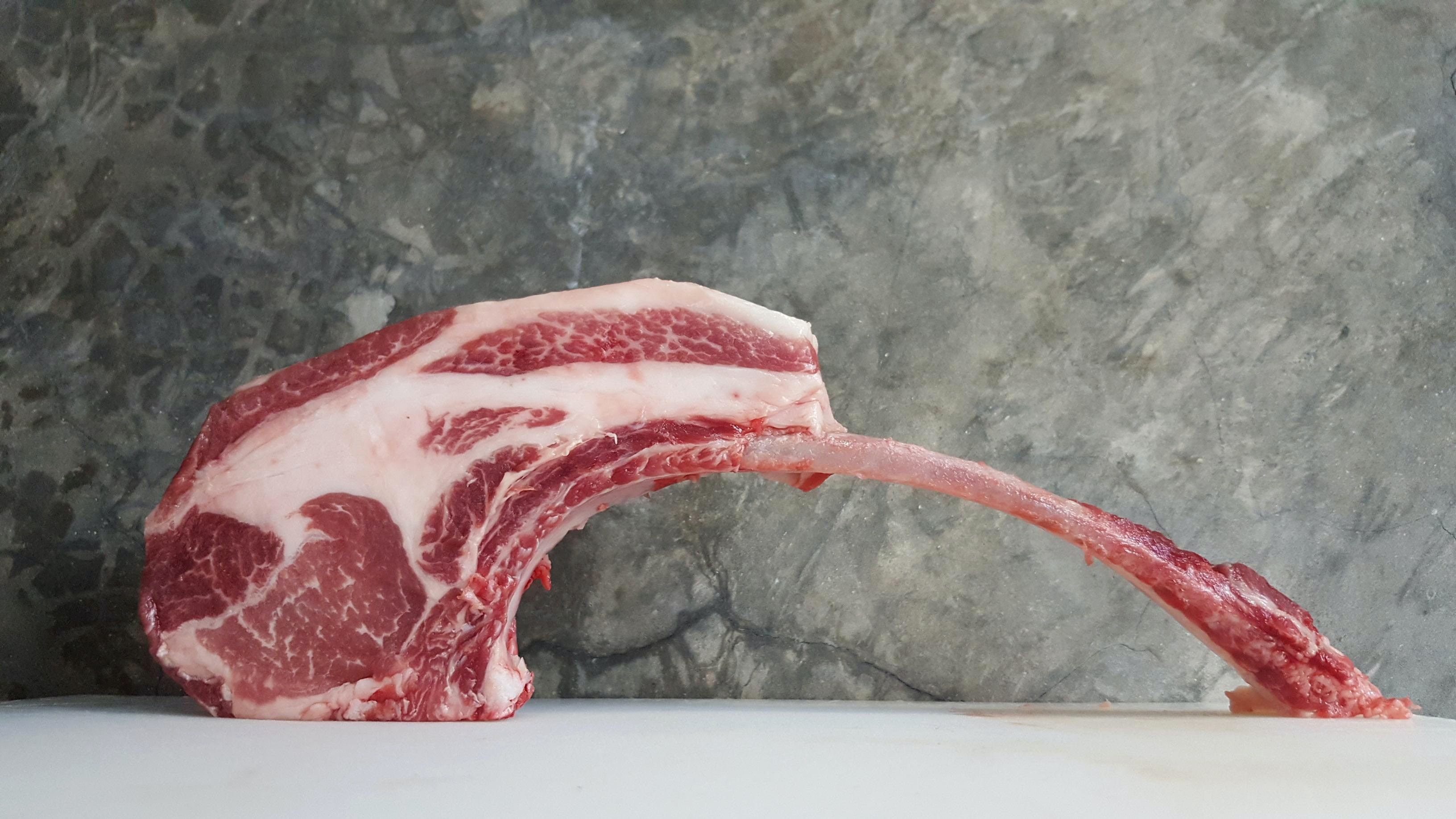Maybe you decided to break in your first grill by cooking a bunch of ribs for your friends and family. Maybe you decided to serve something other than steak, pork loin, or burgers. Maybe you're just curious about why that silvery snarls ribs if left lingering and left to their own devices.
These are just a few scenarios that might preface the need to know how to safely and easily extricate the membrane from the rib rack before you go to town with your seasonings and cooking them; that's where this guide comes in.
By the end of this article, you'll know all that there is to know about culling that cellular meat coat from a rack of the rib cage.
What Is the Membrane?
The "membrane," what is properly known as a peritoneum, is a lining of connective tissue found along the underside of meat along the rib cage. If you try to grill rib cage meat without taking off the rib membrane, the end product will be a tough, chewy mess akin to trying to chew on rubber or plastic.
More obviously, the membrane is also a barrier to flavor; salt, spices, and other seasonings cannot penetrate through the membrane in order to flavor the meat, hence why it is imperative that anyone attempting to cook pork or beef rib should remove it before ever moving on to seasonings, let alone cooking.
What Tools Are Needed to Remove the Membrane?
Image Credits: Kyle Mackie on Unsplash
Honestly, there isn't all that much you will need to safely tear away the membrane from pork ribs.
- Butter Knife. You want something that is both straight and rigid so that you can easily grip and manipulate the rib. While a butter knife is not the only tool for the job, it is among the most common options for anyone working with rib meat in or near a kitchen. Remember that you will want to use a sharp knife.
Butcher Knife
This handcrafted premium quality butcher knife will be your new favorite BBQ tool. Imagine yourself pulling out this beauty to fillet your meat or slice up a brisket.
- Gripping Aids. (Optional) Sometimes you may find yourself working with a rack that is particularly slippery. It is in these cases that you use something like paper towels, placed between your hands and the ribs, or even some latex or rubber gloves; whatever you need to gain the leverage and grip necessary for the job.
- Hands. While fire may have been man's first tool, he needed his hands to start that fire. By this same token is rib handled; you need to use at least one free hand for the membrane-removal process. That said, you may also want to consider bringing in some younglings into the mix, especially if this is any sort of family meal or gathering. For this job, consider getting grill gloves.
How Should the Membrane Be Removed?
Image Credits: steven lim on Unsplash
For all of the build-up to this process, the actual process of removing the membrane from the rib is rather simple.
- Grab your butter knife or other straight edge and slide it underneath a flap of the membrane, right between the membrane and the meat. It is best to start this process as close to the backbone as possible because the membrane is thickest at that point; you want to spend as little effort as possible.
- Once you have managed to penetrate the membrane and loosen it some, the next step is to peel the membrane away from the meat and bone with your hands. While keeping a firm grip will usually do the trick, this is the point where you may want to resort to grip-enhancing tools like gloves or paper towels-the membrane can be a tad slippery.
- Dispose of the membrane with your organic trash. There's no reason to save it for something like broth.
Congratulations! That is all there is to remove the membrane from a rib or any other type of meat. You can now freely apply any sort of marinade or dry rub to your food.
To Wrap Up
Now you know that if you don't want to end up with tough, chewy, and tasteless meat you have to get rid of the membrane first.
In order to do that, get yourself the proper equipment. We recommend you getting a sharp butcher knife, gripping aids, and grill gloves to not get your hands dirty. Once you get crucial equipment, simply follow our simple guidelines and you will see that taking of a membrane is a really easy task. Since you will work with a sharp tool, just keep in mind all the safety rules. And of course, enjoy your meat!




